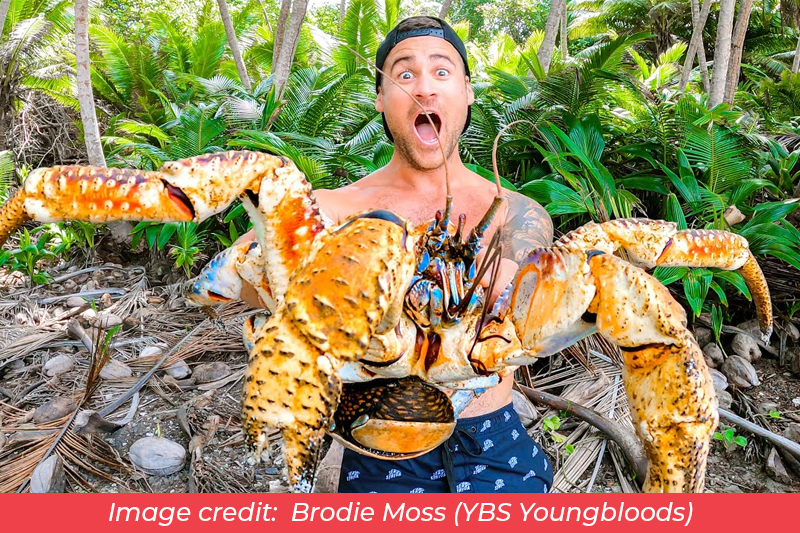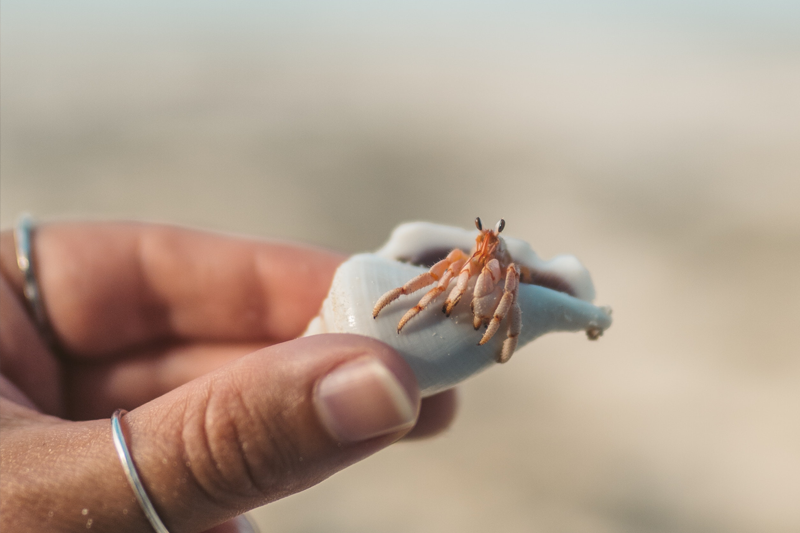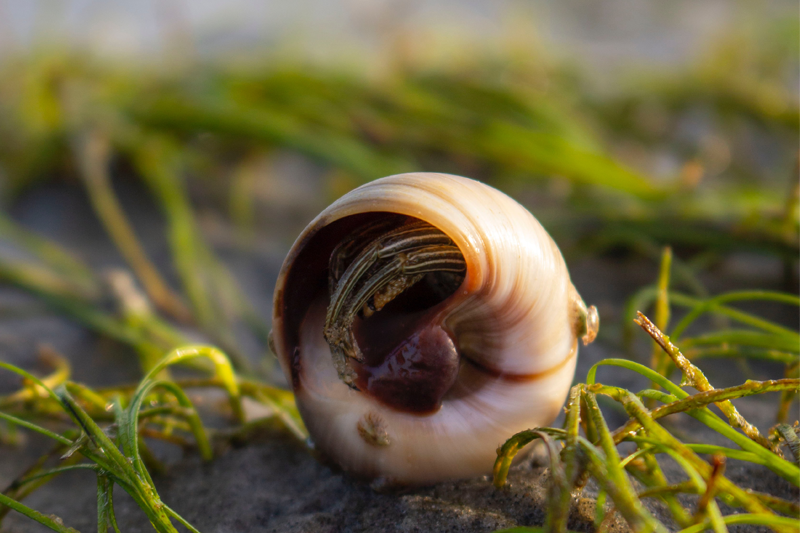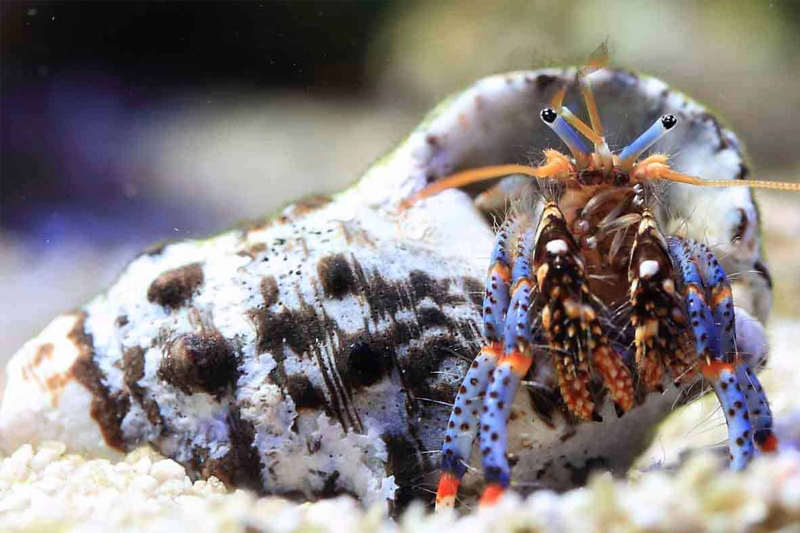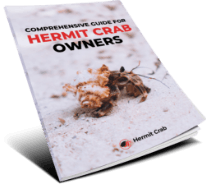In this article, you will learn some interesting facts about hermit crabs’ bigger relative – the coconut crabs. And I’m pretty sure you will see them differently after reading this!
1. Known as the Largest Land Crustacean
The biggest and heaviest known Coconut crab weighs around 5 pounds (but there are some known to push their weight up to 9 pounds) and they have a length of 36 inches!
2. They’re are Related to Hermit Crabs
Like mentioned above, coconut crabs are related to terrestrial hermit crabs and they share a similar feature. When coconut crabs are born, they will have thin and soft shell. They grow out of their shell pretty quickly though, and don’t rely on it that much compared to hermit crabs. And once they reach maturity, they will rely more on their exoskeleton for protection instead since they have tough exoskeletons to begin with.
3. More ‘Hermit’ than a Hermit Crab
In case you don’t know, Hermit means being a loner and their smaller relatives Hermit Crabs are not loners but more of social creatures. They love living and interacting with other hermit crabs. Coconut crabs on the other hand, prefer to live alone. They are nocturnal creatures as well and prefer to live alone in rock crevices or sandy burrows which they dig themselves.
Coconut crabs only leave their ‘shelters’ to search for food or find a mate during mating season.
4. These Crabs Can’t Swim
Same with Hermit Crabs, when eggs are about to hatch, female coconut crabs release their eggs into the ocean. Once their eggs make contact with saltwater their eggs will start to hatch. The larvae will now be on their own from there. Coconut crab larvae will rely on floating driftwood or coconut husks for protection up to six weeks.
After that, coconut crabs will then sink to the seafloor to find themselves empty seashells for protection against predators once they start migrating to the shore. When coconut crabs reached maturity, they will lose their ability to swim hence they prefer to live in land exclusively for good since they will drown if they go back into sea.
5. They Love Eating Coconuts (and other creatures as well)
No surprise why they are called coconut crabs, their diet mostly consists of eating coconut meat. Believe it or not, they can climb coconut trees up to 10 m or 33ft high.
Their curved legs and inward grip help them to climb coconut trees and gather coconuts. Their strong claws also help in cracking and opening up coconuts. Though removing coconut husks will take them days, but opening the shell won’t be a problem for them
But don’t be mistaken, they are also known to prey on other animals – smaller or as big as them such as rats and sea birds and sometimes other coconut crabs as well.
6. They Have a Strong Sense of Smell
Since coconut crabs are nocturnal creatures, they do their food search or hunting during night time, hence their sense of smell is strong and vital for them for survival. 40% of coconut crab’s brain is dedicated to their sense of smell, neat right?
They can forage in the dark with ease and they do it with their sense of smell.
7. Strong and Deadly Claws
As mentioned above, coconut crabs love eating coconut and it takes a lot of strength and effort to crack a coconut for a human using bare hands. Of course, it’s a different story if you have the claws of coconut crabs. Their claws are known to lift objects weighing 61 pounds! And that’s not all, their grips are 10 times stronger than any humans.
So you can imagine them opening and crushing coconuts with ease. A coconut crab that weighs 9 pounds is known to have a crushing force of 3,300 newtons! They are a lot stronger than lobsters which are known to only have a claw strength of only 150 newtons.
